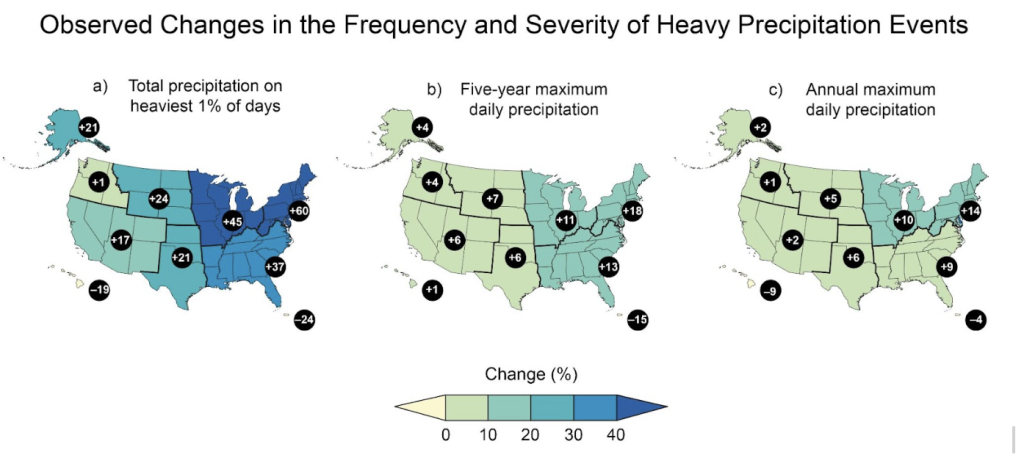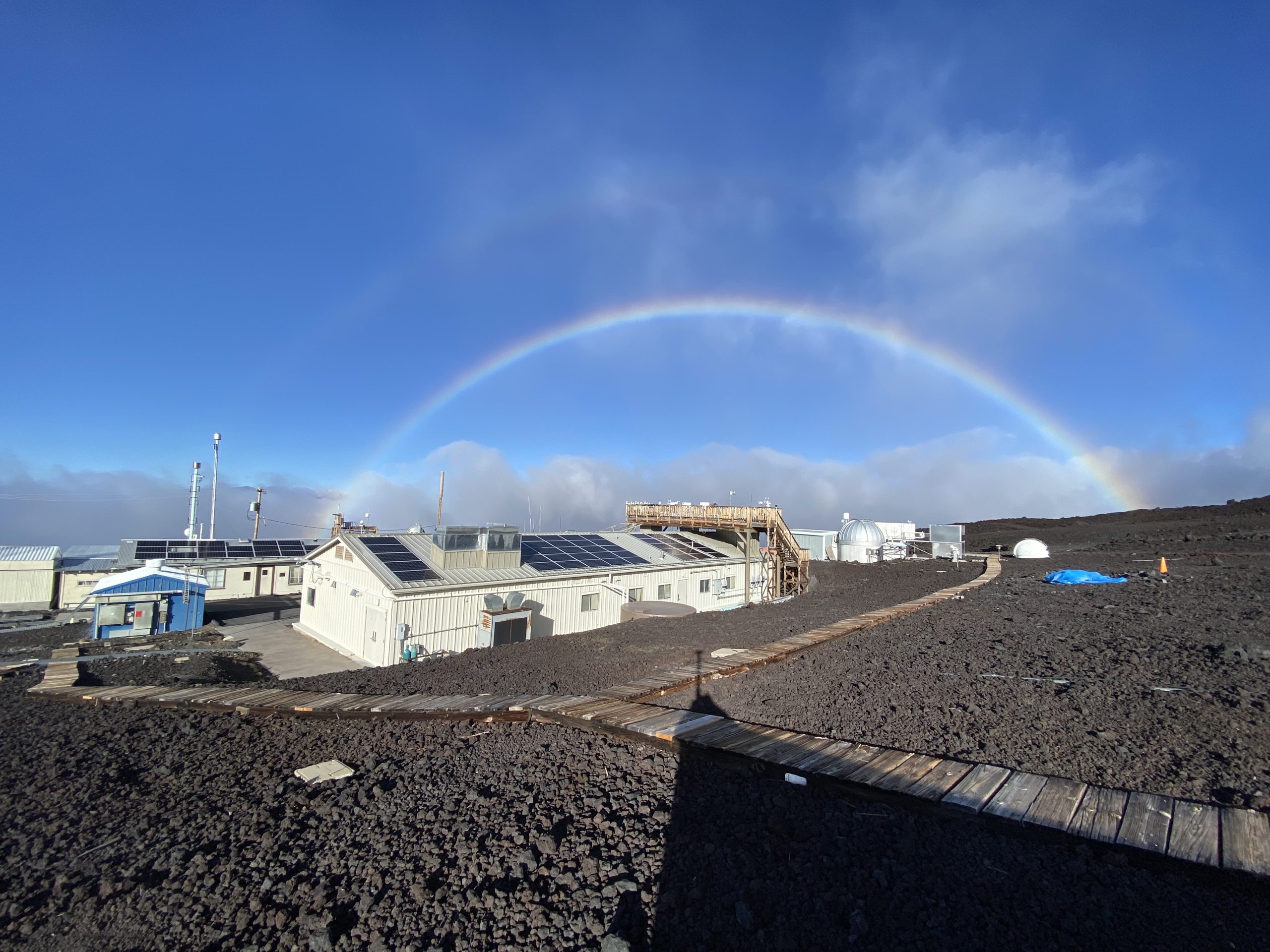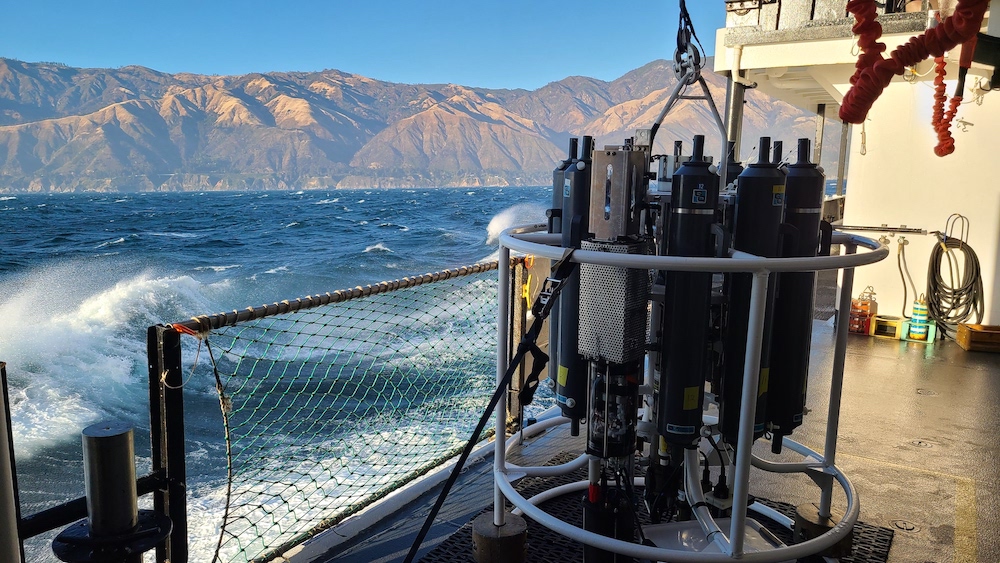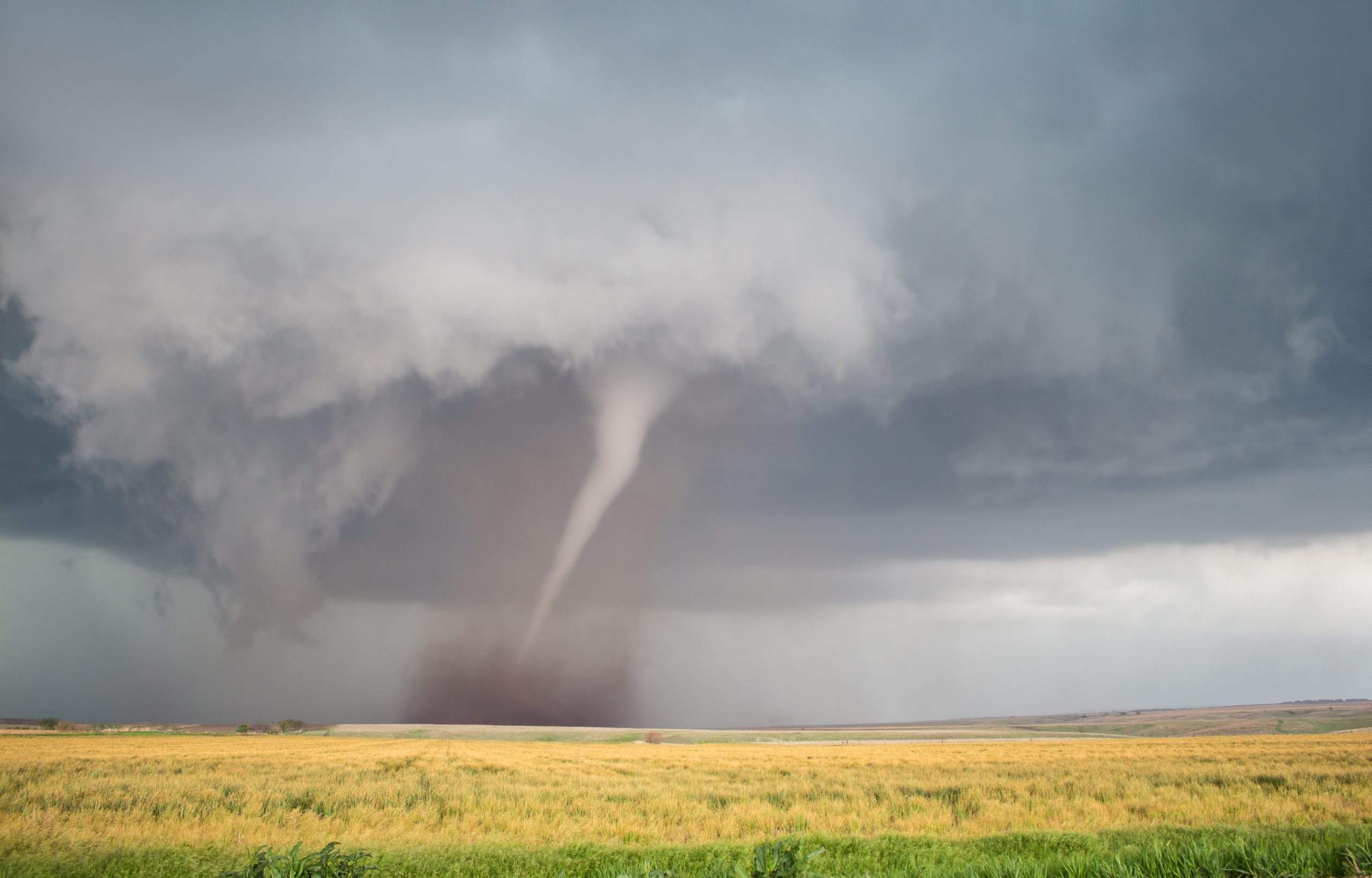For more than 75 years, high-hazard structures in the United States, including dams and nuclear power plants, have been engineered to withstand floods resulting from the most unlikely but possible precipitation, termed Probable Maximum Precipitation or PMP.
More than 16,000 high-hazard dams and 50 nuclear power plants are located in the United States, many of which are approaching or exceeding their design lifetime. Failure of any one of these structures will likely result in loss of life and could impose significant economic losses and widespread environmental damage.
While engineers continue to rely on PMP estimates when designing these large, critical facilities, the estimates themselves and the science behind them are based on outdated work. As climate change continues to supercharge storms, including rainfall amounts, that threaten existing infrastructure, there’s an urgent need to modernize PMP estimates and improve the science behind them, according to a new report by the National Academy of Sciences, Engineering and Medicine.
“The most recent PMP studies were developed in the 1990s, with the latest published in 1999,” said Edward Clark, Director of NOAA’s National Water Center. “While these studies used geographic information systems and advanced computational methods, the underlying science relied on techniques developed 30 years ago.”
Accurate PMP estimates are relied on by engineers when designing large, critical facilities such as dams and nuclear power plants to help gauge the “worst-case scenario” precipitation for the area in which they are being built. This approach in turn ensures that the facility can withstand this maximum precipitation, reducing the risk of a catastrophic event.
The definitions of PMP have always been based on the assumption that there’s a maximum upper limit to how much rain can fall from a given storm. But scientists have been unable to establish a compelling case for the existence of upper bounds on rainfall either through physical arguments or statistical analyses.

The Bipartisan Infrastructure Law, signed into law in 2021, along with the PRECIP Act of 2022, directed NOAA to modernize probable maximum precipitation estimates to bring them more in line with the changing climate.
But after 80 years, what is the best way to do that?
This was the challenge handed to the National Academies by the legislation and made possible through sponsorship by NOAA: Propose a blueprint for how NOAA can modernize PMP estimation through improved research and operational implementations that make the best use of current knowledge and technologies.
Starting in early 2023, the National Academies convened a committee of experts from academia, other areas of government, and nonprofits to begin addressing the important task. This committee was independent of NOAA and was given no restrictions when considering the best approach.
Over the next 18 months, the PMP modernization committee held multiple meetings and poured over existing research, applying their expertise in science and engineering to the numerous questions and challenges that PMP modernization raises. The study report published on June 18, 2024 gives multiple recommendations for the path forward.
Among the report’s recommendations:
- Modernize the source data: Expand and digitize available storm catalogs to ensure PMP research looks at more current storms along with massive storms from years and decades past, including the original storms used to develop the first PMP estimates. Also leverage advancements in weather modeling technology.
- Revise the definition of PMP: PMP has always been based on the assumption that there’s a maximum upper limit to how much rain can fall from a given storm. However, the National Academies did not find much scientific basis for that.
- Follow a multi-year roadmap: Using a phased approach over the next several years, develop a model-based approach long-term while making short-term enhancements to PMP estimates in the near term through existing modern models.
The full consensus study report with the complete recommendations is available to view and download from the National Academies Probable Maximum Precipitation Estimation Modernization website.
The next steps now fall to NOAA. The Physical Sciences Laboratory will lead a team that includes the Global Systems Laboratory and several NOAA Cooperative Institutes in this research to advance PMP estimation. Ultimately, the modernized PMP estimations will be operationalized through the National Weather Service’s Office of Water Prediction.
Based on the report’s findings, PSL will intensify its existing research program over the coming years to investigate the meteorology of extreme rainfall in an era of climate change, improve the collection of rainfall data, advance high-resolution numerical modeling and try to determine whether there are physical limits on just how hard it can rain.
“These recommendations will help NOAA Research pursue critical near-term improvements to PMP estimation and accelerate larger, community-coordinated modeling,” said Kelly Mahoney, a research scientist and PMP lead at the NOAA Physical Sciences Laboratory. “They will also help us ensure the needs of our key PMP users are met and that NOAA successfully builds a new extreme precipitation resource for the nation that transcends traditional PMP applications and better integrates the effects of a changing climate.”
Mahoney and the Physical Sciences Laboratory were a key contributor to the 2016 to 2018 Colorado-New Mexico Regional Extreme Precipitation Study which improved extreme precipitation estimates for high-hazard dams in Colorado and New Mexico. The research won the Colorado Labs’ Governor’s Award for High-Impact Research in 2019.
To learn more, visit PSL’s PMP Estimation Modernization site.



